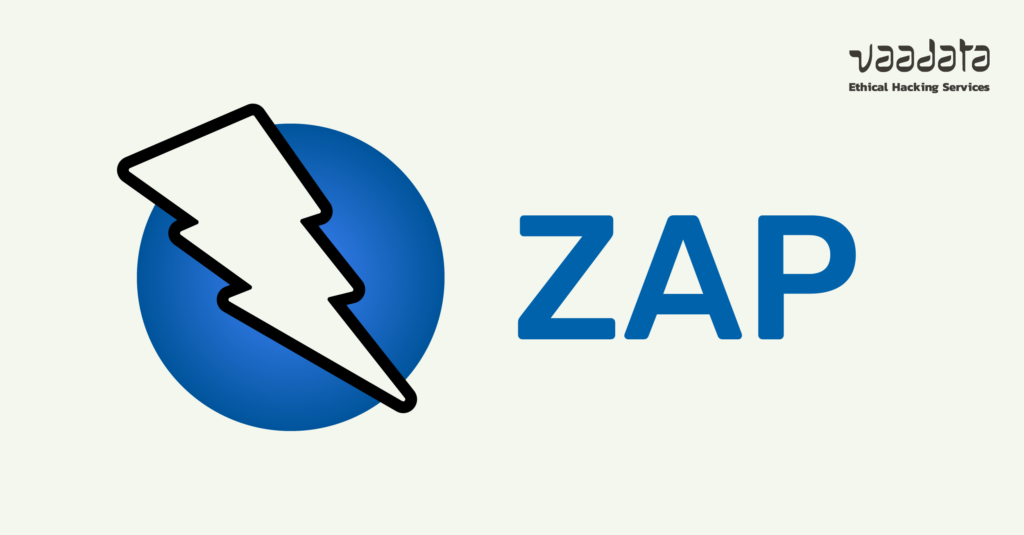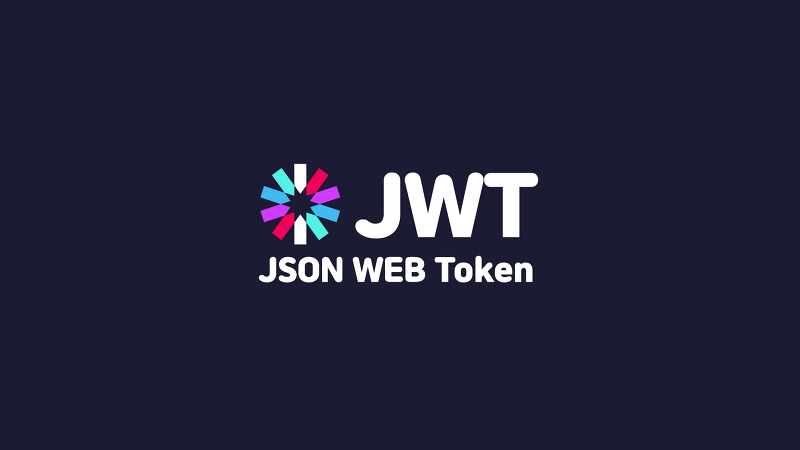
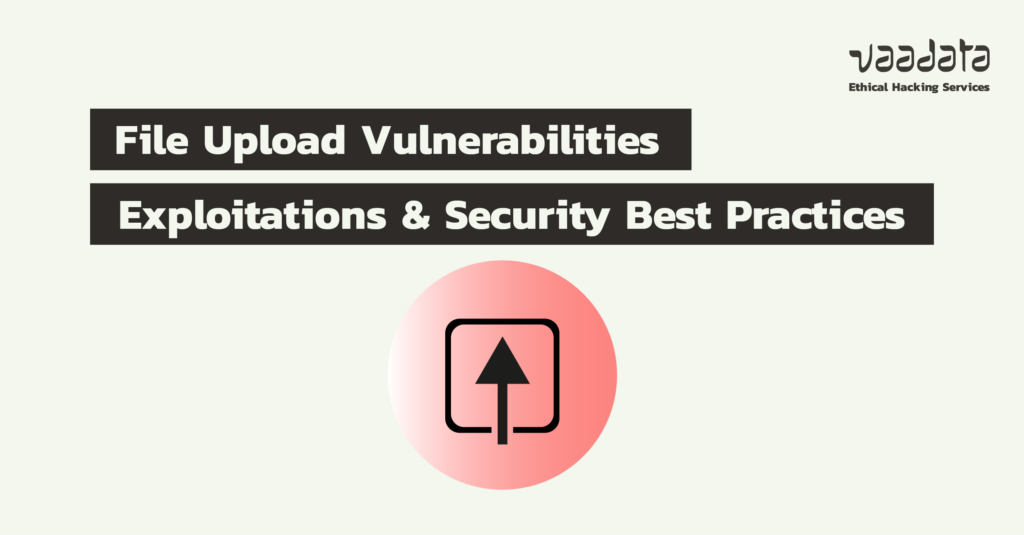
On many web applications, the option of uploading files is a standard feature.
Whether it’s adding a profile photo or sending a document, file upload simplifies user interaction. But this functionality is not without risks.
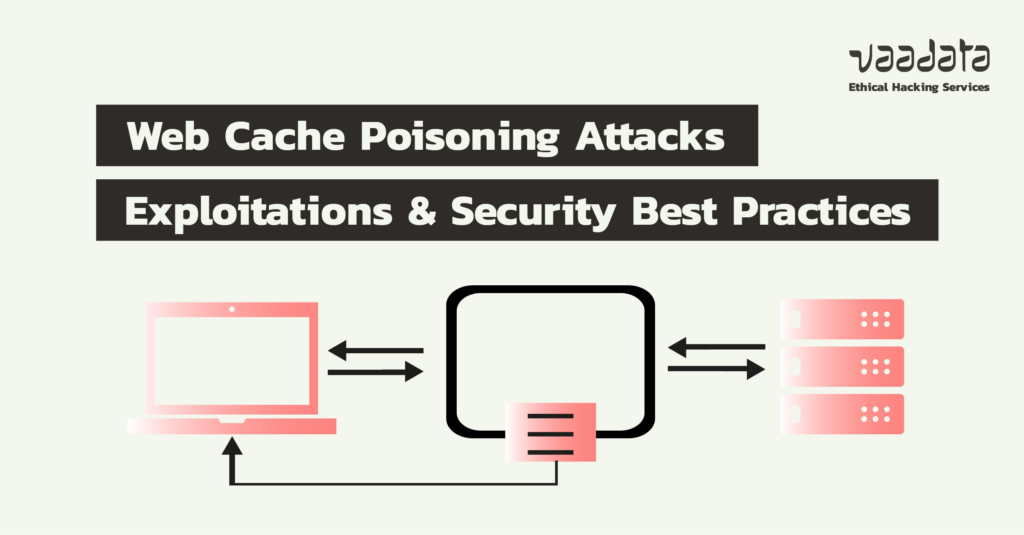
To improve the display speed of web pages and lighten server loads, many companies rely on caching mechanisms.
This system enables frequently requested resources (such as images, scripts or HTML pages) to be stored temporarily, so that they can be served up more quickly on subsequent requests.

SQL injections are well-known and widely documented vulnerabilities. They exploit flaws in relational databases to manipulate or extract sensitive data.
With the rapid growth of modern web applications, NoSQL databases have gained in popularity, offering greater flexibility and scalability than their SQL counterparts.
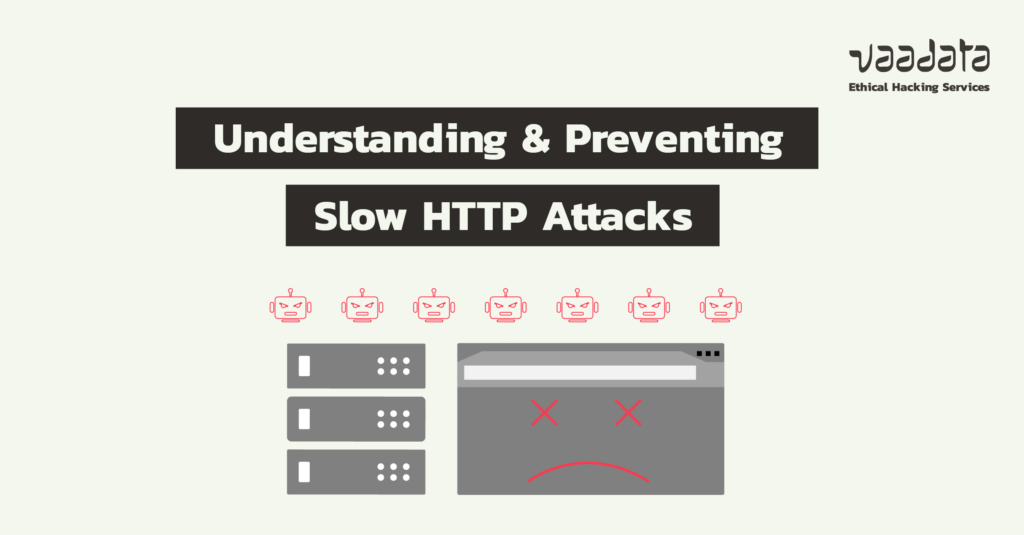
Denial of Service (DoS) are among the most common attacks on the web. There are many variants. One of them, which is particularly easy to exploit and inexpensive in terms of resources, deserves our attention: Slow HTTP attacks.
In this article, we will explain how a Slow HTTP attack works. We will also look at the main types of attack and the security best practices to prevent them.
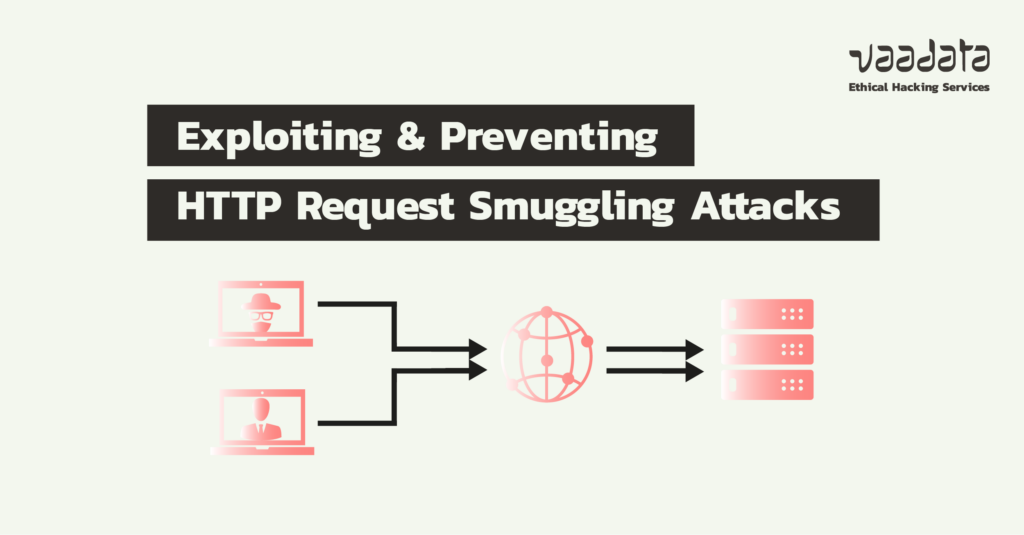
When a client accesses a website, it communicates with the server through the HTTP protocol. Initially text-based, this protocol became binary with HTTP/2, but its operation is still based on TCP.
Each exchange begins with the creation of a connection between the client and the server. With HTTP/1.0, this connection was closed after each request. But with HTTP/1.1, the Keep-Alive mode became the norm, allowing the connection to be kept open for several successive exchanges.
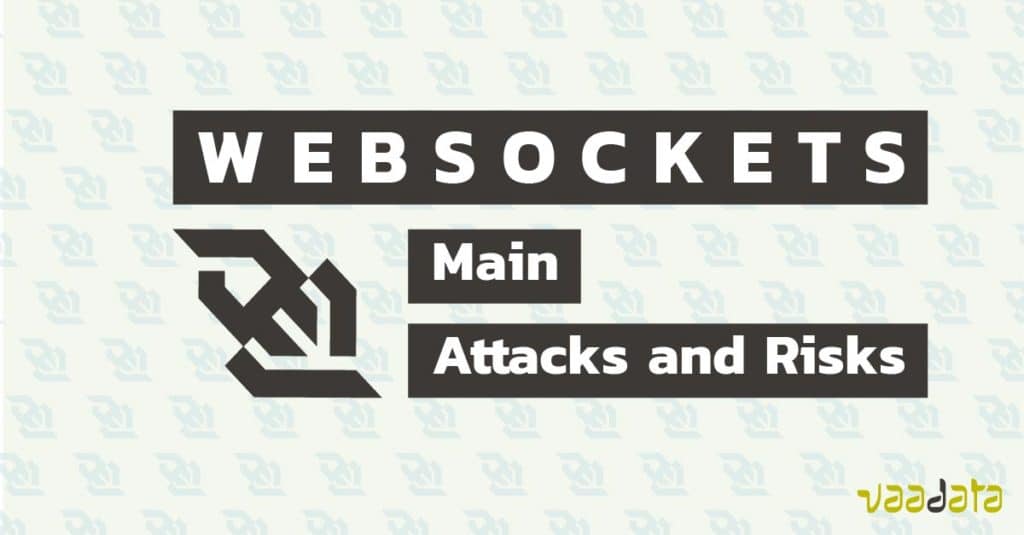
WebSocket is a real-time bidirectional communication protocol designed for efficient data exchange between a client (web browser, application) and a server.
Unlike traditional HTTP requests, which require a new connection to be opened for each exchange, WebSocket establishes a persistent connection. Once activated, it enables both parties to transmit messages continuously, without interruption.
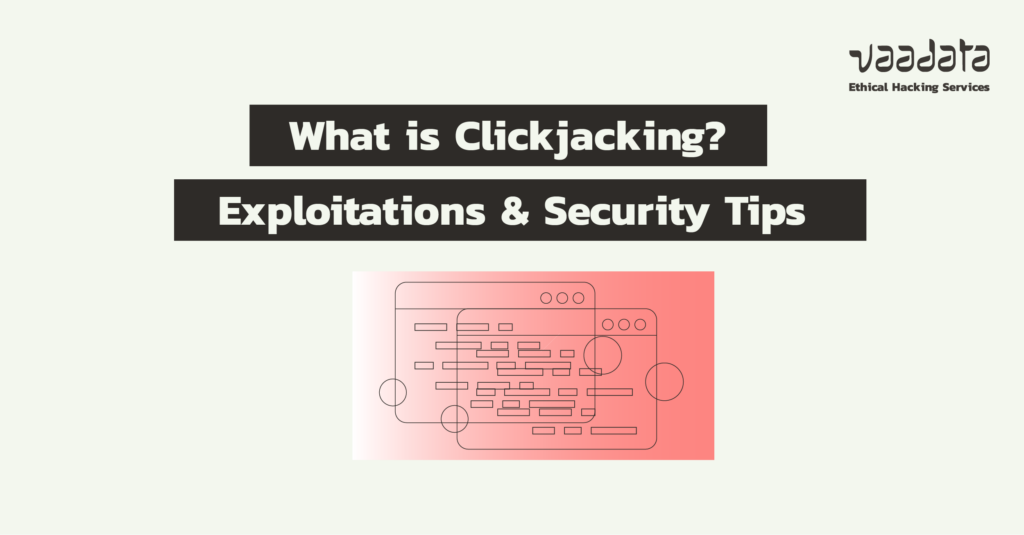
Clickjacking is a discreet but formidable attack technique. It exploits the user interface to trick victims into interacting with invisible or disguised elements.
A simple click can thus lead to unwanted actions: modification of settings, account theft, or execution of a malicious script.
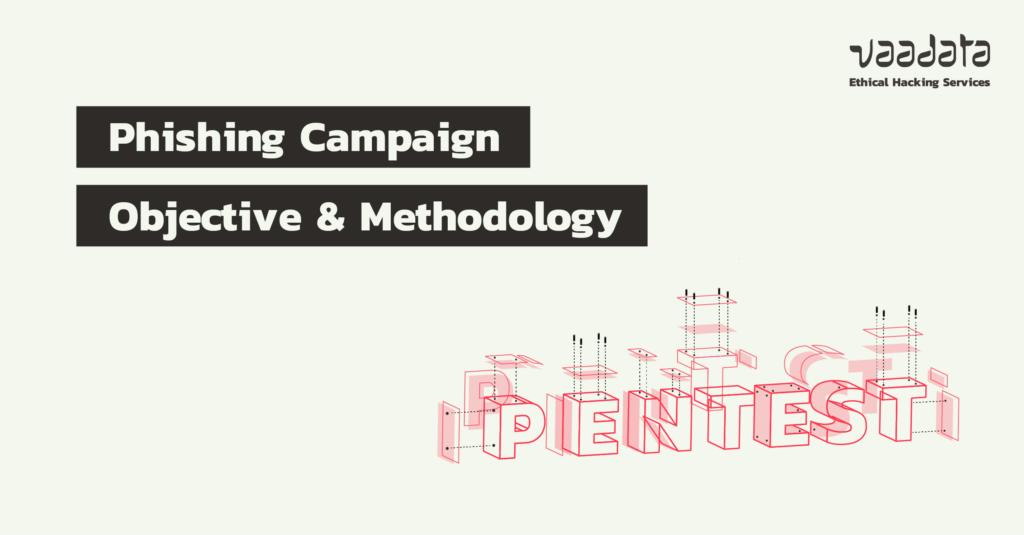
Phishing remains one of the most formidable and widely used techniques in cyber attacks.
Exploiting human weakness, this method consists of tricking victims into divulging sensitive information, such as credentials, or performing compromising actions, such as clicking on malicious links.

